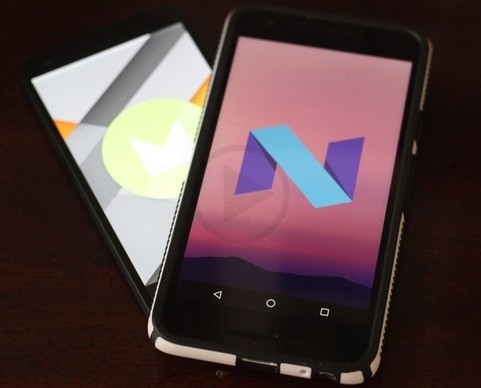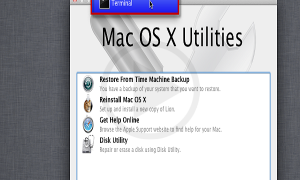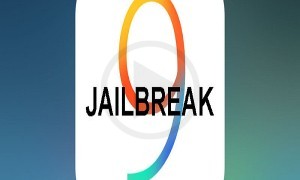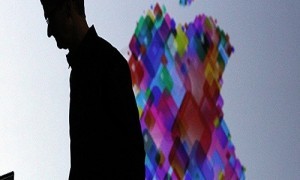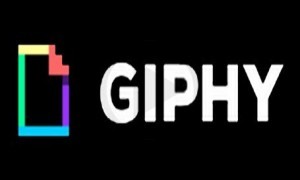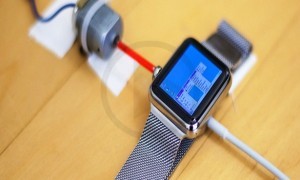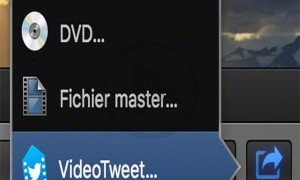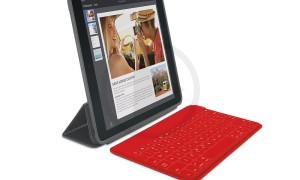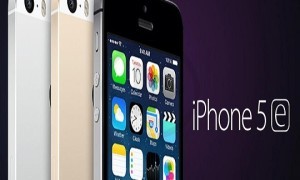To say there’s some cover in the middle of iOS and Android is putting it mildly. Google scrapped its unique, versatile OS idea and turned into a touch‐based portable working framework when Steve Jobs flaunted the iPhone, and has been acquiring includes from Apple for a considerable length of time following the time when—indecently taking things like Siri, Do Not Disturb, and Touch ID and giving them the Android treatment.
The last Android discharge, which shockingly arrived in the engineer’s grasp not long ago, is no exemption. Be that as it may, this time around, it’s less about components than it is about how they’re actualized. iOS 9 was about refining the experience, and it would appear that Google’s bringing a comparable way with Android N—while quite a bit of what’s new is now prepared into key parts of iOS, Google has conveyed some amazing thoughts to the table, reconsidering and lifting some of Apple‘s best elements in smart and remarkable ways.
Split view
System clients will contend that Samsung executed split‐screen applications much sooner than Apple did, yet in no way, shape or form is iOS 9’s Split View a “me, as well” component.
Night mode
Apple didn’t generally beat Google to the shading warming punch—Night Mode was a component in the Android M beta that didn’t make it to Marshmallow—yet iOS 9.3’s Night Shift in fact conveyed the element to iOS first.
Say cheese
Picture within Picture was a standout amongst the most amazing components in iOS 9, bringing an essence of genuine OS X‐style multitasking to the iPad.
Battery saving mode
The Low Power Mode of iOS9 gives up execution for battery life, killing things like foundation application revive and Hey Siri when it’s enacted.
Quick settings
The way Apple and Google approach snappy settings are about as inverse as you can get.
Easy switching between apps
Following the time when we’ve been utilizing our telephones for more than instant messages and calls, there’s been a battle to rapidly switch between applications—particularly the one we were simply utilizing. Past the helpful card‐filled merry go rounds, both Apple and Google have created alternate ways in the method for back catches.

